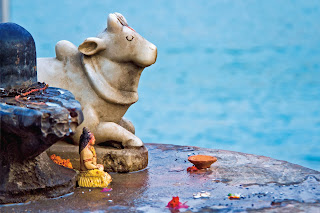Sitting in silence listening to sounds around me I feel a rush of energy inside me. I close my eyes and try to concentrate on my breathing and then the sound around me and then to my thoughts. My thoughts keep rushing in. My mind seems to be running hundreds of miles ahead of me, picking and collecting every thought, bringing into my brain and throwing them at me non-stop so much that I feel tired trying to avoid them, dodge them, ignore them or even calm them.
There are many days when I wonder, “What is the purpose of my life?”. “Is there any meaning to my life?”. “Why am I even alive?”. “What did I achieve in my life?”. Immediately after these questions pop up in mind, I can feel my thoughts running around heaving and sighing to find answers to these questions. I start feeling drained of all energy. Tiredness and disappointment take over me. A rush of anxiety weighs me down making even the simple act of breathing the most difficult and heavy task. The walls of the room start closing in shrinking my world into those 4 walls and there seems to be no light at the end of the tunnel.
But there are also days when my life seems filled with purpose, when I feel like I have achieved so much, that without me my world and my people would be nothing and that the world survives on the belief that I am there to support it or save it. There are days when I feel so great about myself that I pat myself for being what I am and for being where I am today. There are also those days when I feel If I had not been born in this world, I would have lost the chance to experience this vibrant, lively and amazing thing called life. Some days I feel like I can achieve anything that I want and be anything I want be.
While writing this I wonder what is that makes a human being so filled with thoughts. Why is that I am unable to keep my mind calm. Why are my thoughts so spread out here and there. Am I a positive person or a negative person? Am I really what I think I am?




























